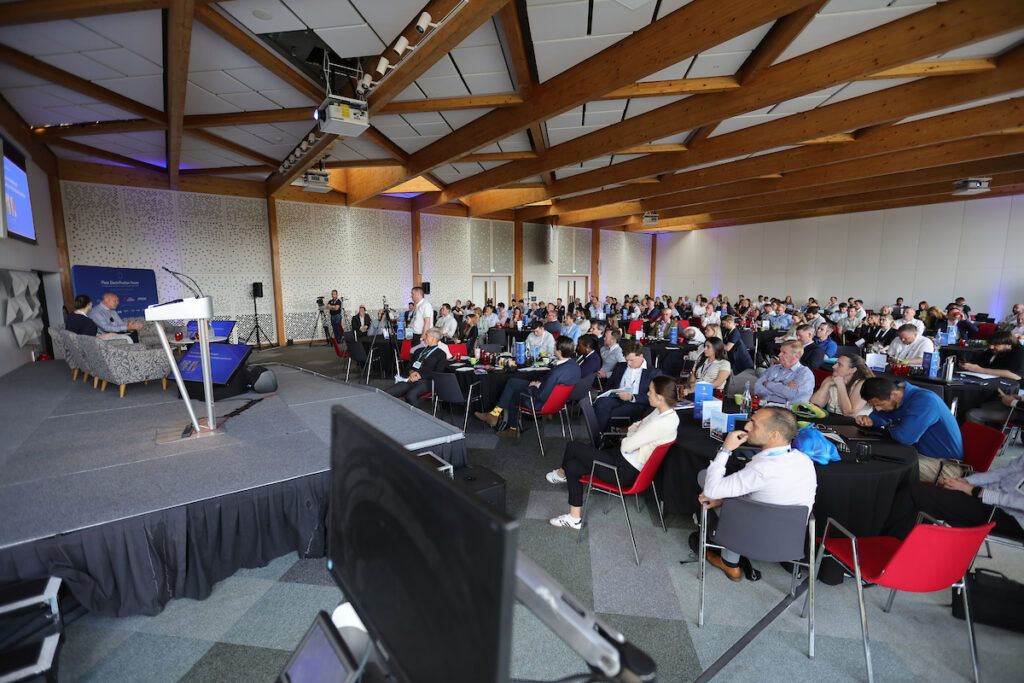Co Charger is a unique community charging platform giving motorists with chargers the opportunity to share them with a few neighbours, enabling them to change to an electric vehicle sooner. In this exclusive comment piece CEO Joel Teague explains the company’s role and how he’d like the industry to re-evaluate the way we all think and talk about charging.
The way in which the UK is going about the EV transition is impressive. More public chargers than fuel stations; an energy generation and distribution industry ahead of the curve, a government acting upon good advice from industry expertise, a raft of ground-breaking technical innovations and a level of collaboration across sectors – environmental, public, automotive, utilities and tech – never seen before. We have much to be proud of. But with so much progress made so quickly, is it time to pause, review objectives and start to talk in a language based on “why” rather than “how”?
It’s well known amongst psychologists that people tend to focus on things with which they are familiar. In the world of EV charging, it is all too easy to conflate the different use cases for EV charging into one, because with ICE vehicles there has only ever been one: you stop en-route and fill up. The equivalent in EV charging, in practice, accounts for only 3% of EV charging[1] – although it is clearly an essential component if the EV transition is to continue at the speed we need.
However, this has led to a language in EV charging that is solution-based: home, fast, workplace, rapid, CCS, super-fast, 22kW, kerbside, destination, AC, community – all terms with “charging” chucked on the end to the bemusement of the UK motorist, who stands little chance of cutting through such muddled jargon. Let’s face it, we have become a little insular in our thinking; a little “how-driven”.
We know that we have challenges to meet if we are to avoid a slow-down in EV take-up, but we need to remember the urgency: In about the time it takes to read this article another person in the UK will have died from traffic fumes, Britain’s transport sector will have puffed over 1,000 tonnes of CO2 into the atmosphere and the NHS will have spent tens of thousands of pounds treating the legions of sufferers of diseases brought on by the pollution. This is urgent; we have to prioritise.
So what are we trying to achieve? For me, it’s not “get more chargers out there” or even “get people into EVs”. It’s to stop people burning fossil fuel, and quickly.
This means accepting two things:
- It’s not about existing EV drivers. People already in EVs are no longer a problem.
- We have to get inside the head of the ICE-driving motorist – good old Joe Public. That confused, defiant, misinformed, change-resistant individual with their “trusty diesel”. They’re still burning stuff; let’s work out why.
We have to map out their experience, understand what this all looks like from their angle, sort the misinformation from the genuine reasons, and prioritise accordingly. Only then can we ensure that the EV world starts to look accessible to the people who matter right now.
At Co Charger, our strategy is “be the best at one thing that really matters”, and that means really getting to grips with the relative importance of all the elements of EV charging. We knew that keeping things simple would be vital, and at times it has been surprising to find what was stripped away and what was enhanced in the process of creating Co Charger – the only purpose-built Community Charge Point sharing platform.
Tables and spreadsheets played their part, but it was the use of “who, what, why” statements that really gave clarity over the scope and value of Co Charger’s place in the charging ecosystem. The result is the model below – the ‘Base-Route-Destination’ or ‘BRD’ Model. It has already delivered a few lightbulb moments when discussing things like who to collaborate with on different projects and how to best support other players in the industry.
No doubt the model will evolve further – at least as fast as the industry evolves – but the hope is that it can be the basis for a new discussion.

A key point from this model is the gap – in terms of audience, time and circumstance – between Base charging and the other two types – Route and Destination. Base charging – the type of charging that a motorist identifies for themselves before buying an EV – has some key attributes with profound implications:
- It accounts for 90% of EV charging.1
- It is the type that gets people into EVs: without a dependable, affordable, convenient Base charging option, we know the UK motorist will stick with fossil fuels.[2]
- Its relevance usually manifests months before the motorist buys an EV.
- Through its five sub-types – home, workplace, community, kerbside and mobile – it is arguably the cheapest, quickest and easiest to deliver.
In the light of these statements, we need re-visit some numbers.
Given that up to 62% of UK motorists cannot have a charger at home2, it follows that the other types of Base charging – workplace, community, kerbside and mobile – are the key to removing emissions from over 15 million UK vehicles and delivering over 55% of all EV charging.
The obvious question arising is, does our current balance of attention and resource reflect that?
This is not a call to spend less time or resource on public charging infrastructure – in fact, if we keep doing things right then demand will only increase. It is a call to step back, review what we’re trying to achieve, and to look through the motorist’s eyes to understand how best to succeed.
For more information on Co Charger visit www.co-charger.com
References:
[1] PodPoint: https://pod-point.com/guides/driver/how-to-charge-electric-car
[2] Connected Kerb: https://www.connectedkerb.com/stories/2020-03-26-overnight-charging-essential-for-ev-adoption
Images courtesy of Co-Charger.








